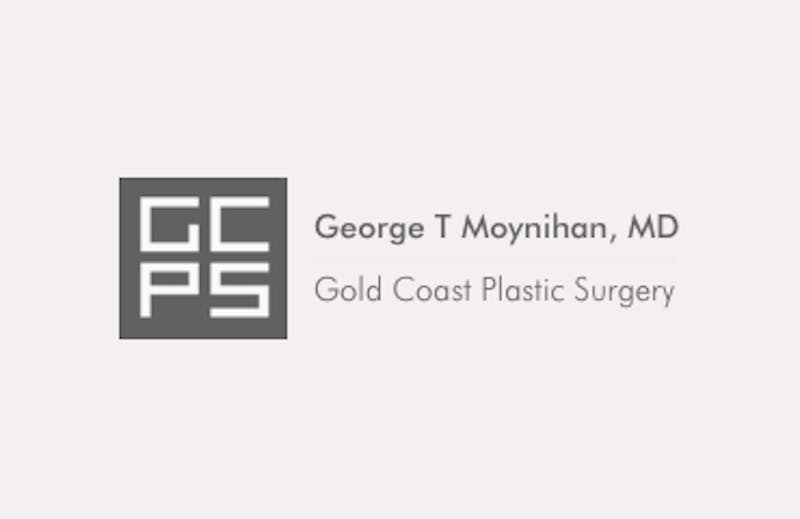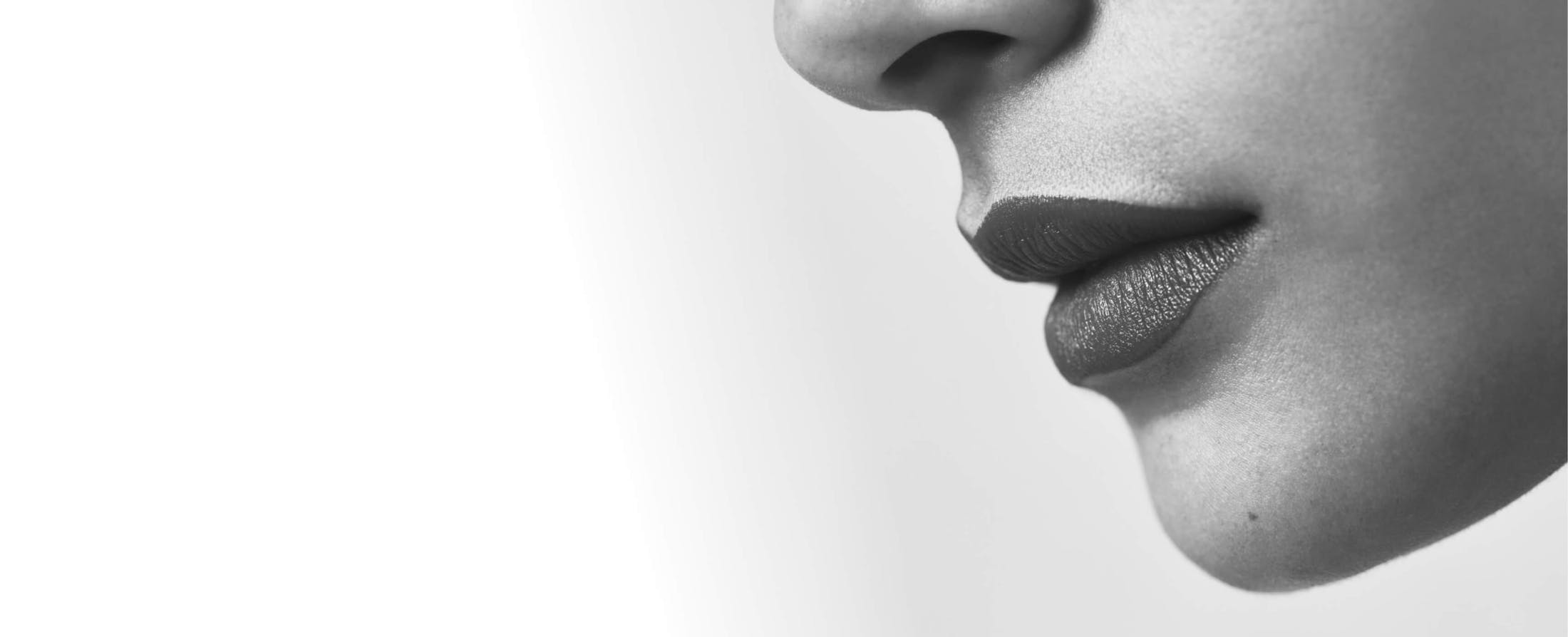
If you’ve ever wondered about rhinoplasty, specifically whether or not it can address your concerns about your nose, then a consultation with a top rhinoplasty surgeon could be in order. It is the best way to find out for sure if your concerns merit a nose job. Common rhinoplasty questions you may have in mind will likewise be answered truthfully and accurately by the facial plastic surgeon or rhinoplasty specialist you will be seeing.
To help you get started, here are answers to a few common rhinoplasty questions asked by first-time patients as well as those who are still in the process of deciding whether to get a nose job or not.
1. What is the average rhinoplasty cost in the United States?
Before an individual proceeds with their research on rhinoplasty, they usually want to know how much it will cost first to determine if they can afford it, how much they need to save, or to find out if their insurance will partially or fully cover the cost.
In the U.S., average rhinoplasty cost largely depends on location. Some locales, such as Los Angeles and New York, the cost of a rhinoplasty may be much higher than in Boise, ID, for example. To determine what the cost of your rhinoplasty, it is recommended that you consult a facial plastic surgeon in your area.
Your insurance might cover the cost of the procedure if it was prescribed by your physician to correct a breathing problem, from a deviated septum, for instance.
2. What are the common reasons individuals undergo a rhinoplasty procedure?
In general, patients undergo rhinoplasty for aesthetic or functional purposes. Impairments in nasal functions generally revolve around difficulty of breathing, and as mentioned above, it’s commonly caused by a deviated septum.
Aesthetic purposes, on the other hand, generally involve the following:
- Dorsal hump – bump or hump on the nasal bridge
- Bulbous tip – “round ball” at the end of the nose
- Saddle nose deformity – flattening of the nasal bridge usually caused by trauma
- Droopy tip – ptotic nasal tip that may be caused by lack of support, shape, or stiffness of the lower lateral cartilages
- Wide alar base or wide nose
- Crooked nose – either from birth or caused by trauma
3. Is it okay to engage in intimacy after rhinoplasty?
Following your surgery, your provider will advise you to refrain from activities that may accidentally hit your nose, which means intimate activities should be postponed for the time being; while you’re healing. Kissing, cuddling, and other forms of intimacy should be avoided or at least kept to a minimum for the next three weeks following your rhinoplasty surgery.
You should also avoid touching your nose, blowing your nose, or any other activity that exposes your nose to excessive water, dirt, or other contaminates for a week or so after surgery. Your surgeon will give you detailed instructions on post-op care, including things and activities to avoid during the healing and recovery period.
Contact Gold Coast Plastic Surgery for your common rhinoplasty questions
Got more common rhinoplasty questions to ask? Schedule an appointment with Dr. George T. Moynihan through (312) 736-7782. For your safety, comfort, and convenience, you may also schedule a virtual consultation here.


